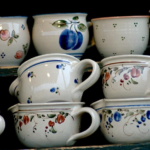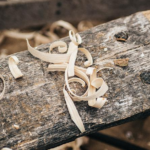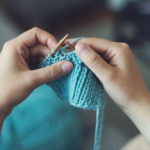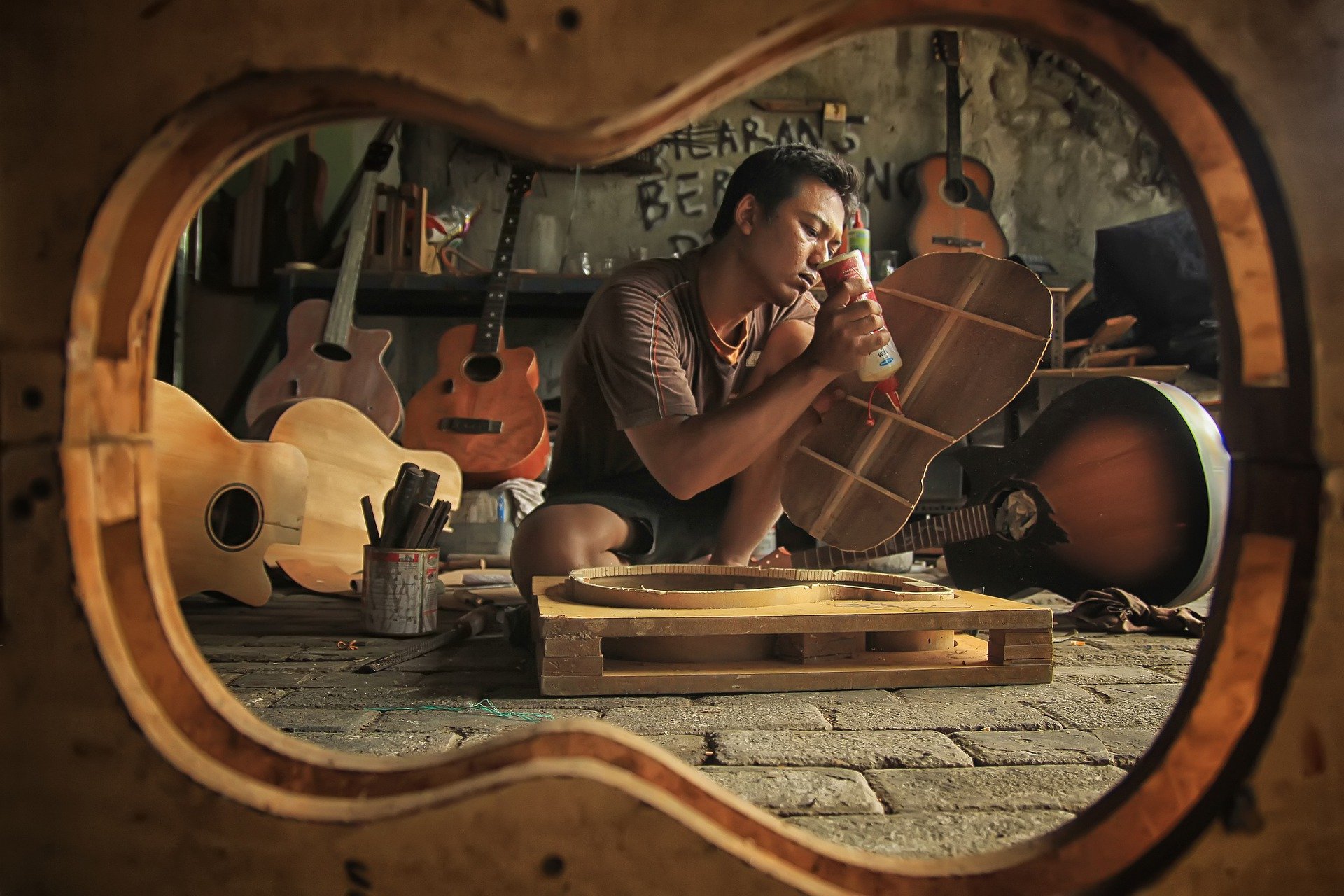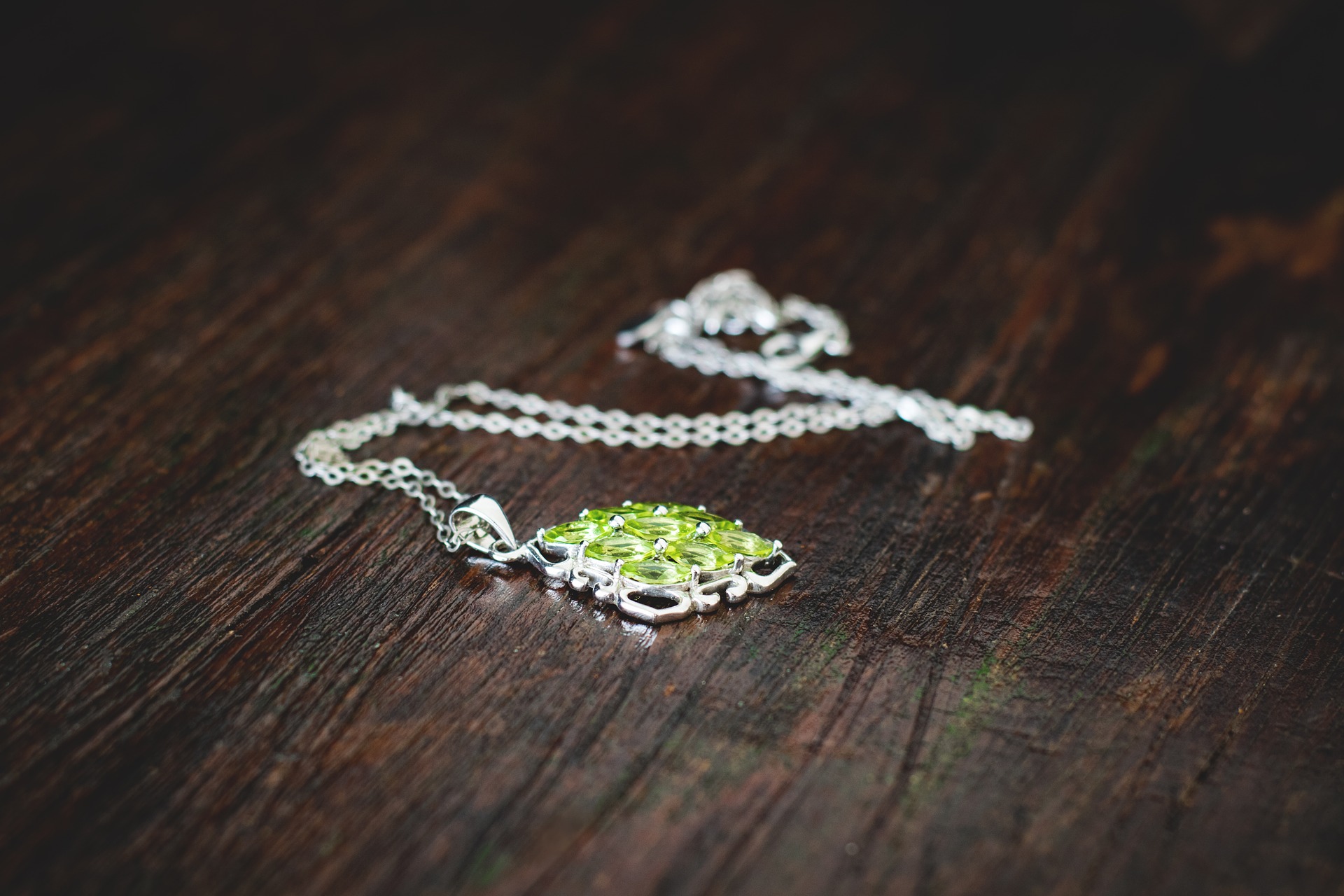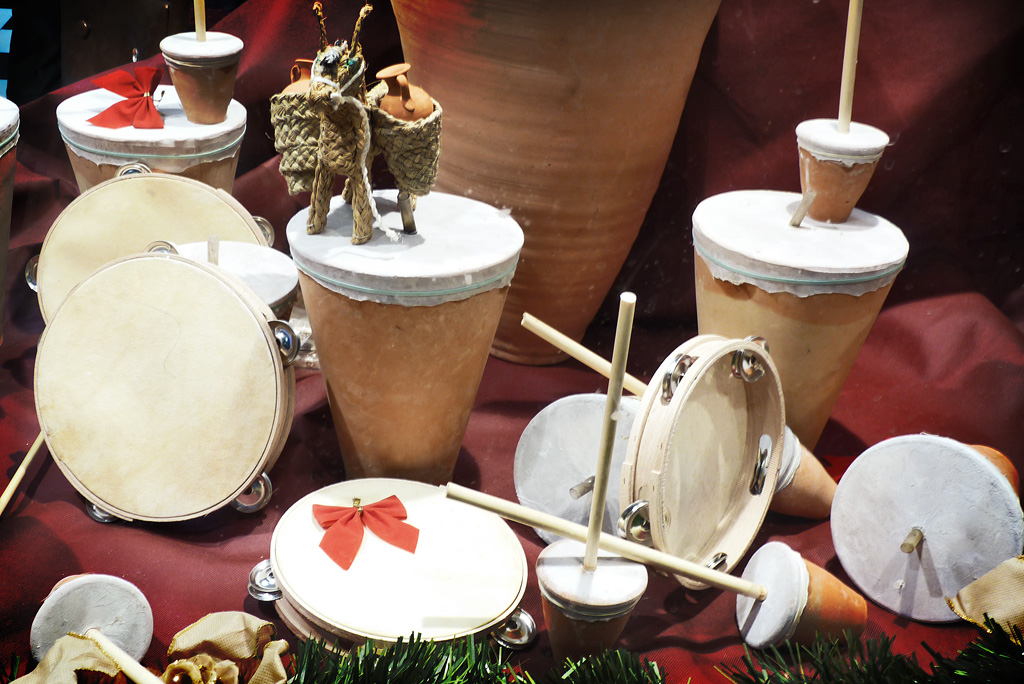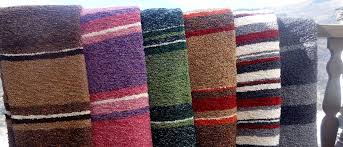Fur and Skin “Embossed Leather” in Spain
Country of the crafting: Spain
Region of the crafting: Andalucía
Town of the crafting: Córdoba and Granada
Type of the crafting: Fur and skin
1. Geographic Area
This activity is donde in all the region of Andalucía, but more specifically in Córdoba (a province of Andalucía). It is done mainly in the villages, rarely done in the city although there are cases.
2. Craft characteristics
Embossed leather is leather with artificial patterns imprinted on the natural grain of animal skin using heat and high pressure. Typically, steel plates with different engraved designs are used to create embossed leather for a variety of applications, including upholstery and accessories.
3. Used materials
It is done by working with different sizes and shapes from the bottom of the piece, placed on a soft surface that allows the progressive deformation of the worked surface. In this way, the craftsman works in “negative“, sinking more those Area s that should have a greater relief on the other side. the final details of the relief are obtained by working on the front of the piece, delineating it with thinner chisels to obtain a greater definition. The leather engraving is used for luxury bookbinding covers, wallets, portrait frames, seats and backs of chairs, frames, etc., with traditional gold-plated decorations, already colored, pyrography with metal resources and enamels, gems…
4. History
Embossed, gilded and painted leather panels were popular
throughout Europe from the late Middle Ages to the early 20th
century with the first and most important centre of production in
Córdoba, Spain. Córdoba had a flourishing leather industry, and cordovan leather became famous all over the world. One writer on visiting Córdoba mentions that the cordovan craftsmen “made huge leather cordovans to cover entire walls with a surface embossed with rich designs on wooden moulds and then gilded like book-covers“. The influence of decorated leathers spread north, with centres of production being established in France and the Low Countries (the majority of surviving antique leather panels are usually either Flemish or Dutch).
5. The technique
Begin the embossing process by using a damp sponge to moisten the leather, which will soften it, making it easier to manipulate. Wipe over the entire surface of the Area where you’ll be working, but be careful not to soak it, as the more water the leather absorbs, the longer it takes to dry. Affix the leather to a sturdy surface. Use clamps to fasten it down so it does not move during the embossing process. Next, affix your first stamp to the cylinder tool, and arrange it stamp side down on the surface of the leather, holding the cylinder in your non-dominant hand. With a sturdy grip, use the mallet to pound the other end of the cylinder, pressing the stamp into the leather. Practice makes perfect in this process, to fine tune how much pressure and how many times you need to hit the cylinder to get the desired embossing depth from the stamp.
6. YouTube Videos
7. Gallery
Fur and Skin “Embossed Leather” crafting Presentation

